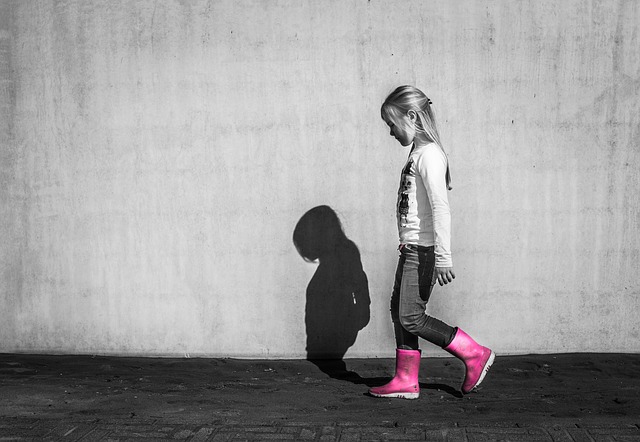Diana Winston in one of her weekly meditation podcasts introduces a kindness meditation that employs guided imagery. The key approach is to create a positive image and mentally invite others in to join you in that place. This immersion in the present moment not only reduces stress and anxiety but develops a kindness orientation that can flow into your daily life.
Paying attention with kindness – cultivating a kindness orientation
Fundamental to this approach is paying attention with kindness – a form of mindfulness that envelops others through our care and concern. Often, we are unaware of others, even those close to us, because we are absorbed in planning the future to reduce anxiety or ruminating about what might have been in the past. We can become absorbed in disappointment over unrealised expectations.
Guided imagery meditation proposed by Diana can take us outside of our self-absorption and open ourselves to kindness towards others. Neuroscience, through discovery of the neuroplasticity of the brain, has reinforced the fact that what we actively cultivate in our minds will shape our future thoughts, emotions and actions. Regular practice of kindness meditation creates new neural pathways so that we will find that we become more thoughtful and kinder – we become what we cultivate. This principle is embedded in the story of The Grinch.
The Grinch in Dr. Seuss’ book, How the Grinch Stole Christmas, cultivated meanness through his thoughts, words and actions and became progressively meaner to the point that he stole everyone’s Christmas presents and trees. He was ultimately undone by the kindness of little Cindy Lou and her community who invited him to a Christmas meal despite his meanness to them. At the meal, he shared his realisation of the value of kindness by making a toast, To kindness and love, the things we need most. Kindness meditation practice shapes our orientation and is contagious, infecting those around us.
Developing kindness through meditation and imagery
In her guided meditation podcast, Diana leads us in an approach to meditation that incorporates guided imagery. First, however, she guides us to become grounded through posture, focus and bodily awareness. This state of being in the present moment can be anchored by focusing on our breathing or sounds around us (without interpretation, being-with-the-sound).
Diana uses the imagery of a pond as a metaphor for kindness (starting at the 20.44mins point of the podcast). The pond contains “kindness waters” that surround anyone who enters the pond. The meditation involves progressively picturing people entering the pond and being embraced by the waters that spread happiness, protection, well-being and contentment.
As we grow in mindfulness through the practice of kindness meditation aided by imagery, we can become more kind and caring through cultivating a kindness orientation. Our words and actions, in turn, influence others so that kindness grows around us.
By Ron Passfield – Copyright (Creative Commons license, Attribution–Non Commercial–No Derivatives)
Image source: courtesy of MabelAmber on Pixabay
Disclosure: If you purchase a product through this site, I may earn a commission which will help to pay for the site, the associated Meetup group and the resources to support the blog.


